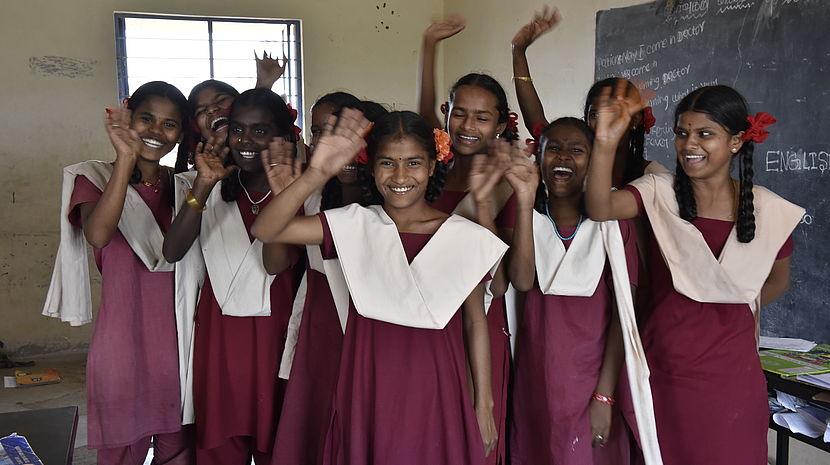Women and Girls with disabilities at the centre of an inclusive development

CBM
This article is written by by Jean-Louis Ville, Acting Director B, Directorate-General for International Cooperation and Development, European Commission.
Women and Girls with disabilities at the centre of an inclusive development
Notwithstanding some progress, more than twenty years after the adoption of the Beijing Declaration and its Platform for Action, an ambitious blueprint for advancing women’s rights, no country has fully achieved equality and empowerment for women and girls and significant levels of inequality persist globally. The bleak reality is that we still have a long way to go.
Nevertheless, we have some good news. Gender equality is firmly at the heart of the 2030 Agenda for Sustainable Development and the Sustainable Development Goals (SDGs) adopted in New York in September 2015.
Many women and girls experience multiple and intersecting forms of discrimination, vulnerability, and marginalisation throughout their lives. A reality that women and girls with disabilities face daily because of lower economic and social status resulting from discriminatory laws and social and cultural norms, gender-based violence and harmful or gender-discriminatory practices. That’s why “Leave no one behind”, the SDGs motto, must be the “Leitmotiv” of our daily work and efforts.
Since October 2015, the EU has an ambitious and robust Gender Action Plan (2016-2020) that aims to achieve even greater progress.
This refreshed and revamped Action Plan (updating the previous one) aims to contribute to eliminate all discriminatory laws, practices or norms that limit girls’ and women’s social, economic and political participation worldwide and to close a gender gap that is even larger when gender inequality intersects with other forms of exclusion like disability. We cannot forget that inequality is exacerbated for women and girls with disabilities who are members of marginalised ethnic, racial groups or sexual minorities.
The new approach of the Gender Action Plan intends to tackle the challenges of the past and to focus efforts on transformative areas for all girls and women focusing on:
- Ensuring the physical and psychological integrity of girls and women. Women and girls, especially those with disabilities, often face disproportionately high rates of gender-based violence, sexual abuse, neglect, maltreatment and exploitation. The most recent global estimates for Intimate Partner Violence (IPV) reveal that 30% of women with disabilities aged 15 and over have experienced physical and/or sexual IPV in their lifetime and for non-partner sexual abuse show that 7.2% women experience this, with adverse health effects. Women with disabilities are often denied reproductive healthcare and at times are even subjected to forced sterilisation. When healthcare services are available, they may not be physically accessible for women with varying types of disabilities, or healthcare providers don’t know how to accommodate them.
- Ensuring that girls and women are empowered and that their social and economic rights are fulfilled. Unemployment rates are highest among women with disabilities. The United Nations estimates that 75% of women with disabilities are unemployed and women with disabilities who are employed often earn less than their male counterparts and women without disabilities.
- Strengthening girls' and women's voice and participation to ensure that they have a say in decision making at all levels. Women and girls with disabilities remain at the margins of decision-making processes, and even gender equality initiatives often neglect them. For too long, the rights and specific needs of women with disabilities have been invisible, event to the advocates of women’s rights.
The transformative approach promoted by the EU Gender Action Plan implies opening our minds and changing the culture of our institutions towards a more systematic support, track and measurement of gender equality, integrating gender analysis in everything we do.
Only when gender equality and empowerment of all women and girls, including those with disabilities, will be at the centre of our cooperation effort , we will be able to achieve an inclusive development that definitely leaves "no one behind".
(DISCLAIMER: The information and views set out in this article are those of the author and do not necessarily reflect the official opinion of the European Commission. Neither the European Commission Union institutions and bodies nor any person acting on their behalf may be held responsible for the use which may be made of the information contained therein).